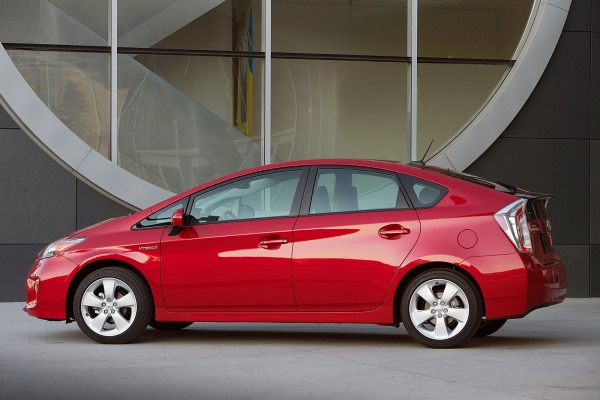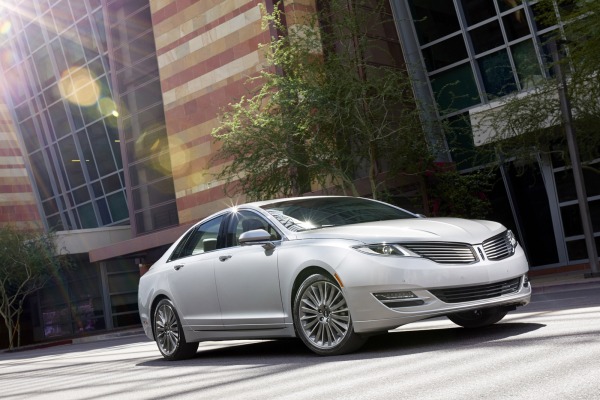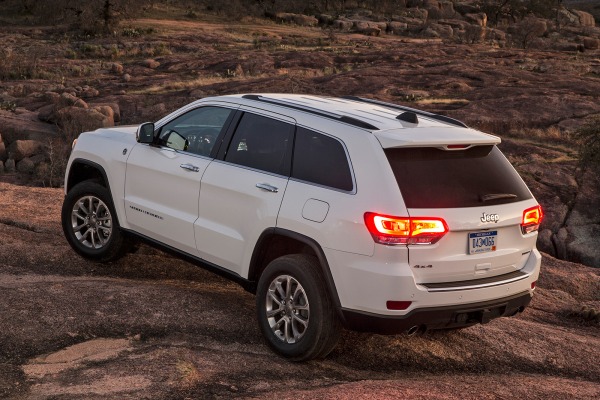
Hybrids and clean diesels offer impressive fuel savings over their gas counterparts. But these are sophisticated technologies and often add thousands of dollars to a car's sticker price. In the past, the federal government offered tax credits that helped soften the financial impact of buying hybrid and diesel cars. This spurred sales and encouraged consumers to adopt the then-new technology. But those tax credits ran dry years ago as the federal government shifted its efforts to electric vehicles and plug-in hybrids.
Where does this leave hybrids and diesels now? Are they a good value? And if you buy one, how long will it take before you start realizing the savings based solely on buying less fuel?
Break-Even Times
Depending on how long you keep a new car, you may not have it long enough to realize any savings based solely on the money you save by buying less gas. If you're like the average person, you only keep your car for about six years. Then you move on to a new one. Unless you keep a hybrid or diesel past its "break-even" period, it's not the most economical choice. The break-even period is the amount of time it would take you to save enough money on gas to offset the additional expense of buying the vehicle.
In general, hybrids and diesels still command a premium price. Hybrids have been around for more than 10 years and the technology keeps improving. The prices, however, don't. Advanced batteries, electric motors and development costs all add up in these cars.
It's also important to remember that the hybrid or diesel version of a vehicle is often positioned as the brand's high-tech model, and as such, it's loaded with more features than would normally be found in the gasoline equivalent. Buyers aren't just paying more for the clean-fuel technology, but also for foglights, aerodynamic wheels or a unique paint color.

There are a few outlier vehicles in which you will see immediate fuel cost savings after purchase. The Lincoln MKZ Hybrid is priced the same as its gas equivalent. And Mercedes-Benz diesel vehicles are slightly less expensive than the gas models.
The break-even times below are a reference tool for new-car shoppers, comparing the break-even times of the current best-selling hybrids and diesels. We aren't able to list the break-even time for every vehicle. If you are trying to determine whether you should trade in your vehicle for something more fuel-efficient, the Edmunds gas-guzzler calculator can easily give you the answer.
The three lists below show the break-even times based on fuel savings only. This data assumes the driver averages 15,000 miles per year and that the national gasoline price is $3.33 per gallon for regular, $3.71 for premium and $3.74 for diesel.
These numbers aren't set in stone. If you drove fewer miles per year or the price of gas dropped, the break-even time would get longer. If you drove more, or if the price of fuel went up, the break-even times would get shorter. To illustrate this, we also ran the numbers for fuel at a cost of $5 per gallon.

Top-Selling Hybrids vs. Their Gasoline Equivalents
This first list is pretty straightforward. It is an apples-to-apples comparison of hybrids with their similarly equipped gasoline-model equivalents. The trim levels may differ slightly due to variances in equipment. The number in parentheses represents a theoretical break-even time for $5-per-gallon gasoline:
2014 Toyota Camry Hybrid LE vs. 2014 Toyota Camry LE: 6.6 years (4.4)
2015 Ford Fusion Hybrid S vs. 2015 Fusion SE: 3.4 years (2.3)
2015 Hyundai Sonata Hybrid vs. 2015 Hyundai Sonata Eco: 5.9 years (3.9)
2014 Toyota Avalon Hybrid XLE vs. 2014 Toyota Avalon XLE: 3.1 years (2.0)
2015 Lexus ES 300h vs. 2015 Lexus ES350: 3.1 years (2.5)
Top-Selling Unique Hybrids vs. Similar Gasoline-Powered Cars
The more popular hybrids tend to be ones that do not have equivalent gasoline models. For some people, part of the appeal of a hybrid is its unique look. In an effort to have some point of reference for the cars on this second list, we compared the top-selling unique hybrids to similar models, based on size, price and options within the same brand.
In the case of the Volt, which is a plug-in hybrid without a comparable match in the Chevrolet brand, we used the Chevrolet Cruze, since it was the gasoline model most likely to be considered by Volt shoppers, according to Edmunds data. The negative number on the Toyota Prius V means that it is less expensive than its closest non-hybrid match, the Toyota Venza, so there are instant savings to be had. We had previously compared the Prius V to the Toyota Matrix, but that model has since been discontinued:
2014 Toyota Prius Two vs. 2015 Toyota Corolla Eco Plus: 10.3 years (6.9)
2014 Toyota Prius C One vs. 2015 Toyota Yaris LE: 4.1 years (2.7)
2014 Toyota Prius V Two vs. 2015 Toyota Venza LE: -2.1 years (-1.4)
2015 Ford C-Max Hybrid SE vs. 2014 Ford Focus SE: 5.1 years (3.4)
2015 Chevrolet Volt vs. 2014 Chevrolet Cruze LTZ: 3.0 years (1.7)
Top-Selling Diesels vs. Their Gasoline Equivalents (excludes heavy-duty trucks)
Diesel-powered vehicles have increased in popularity, but as the chart below shows, some take a long time to produce savings on fuel costs alone. The Volkswagen Jetta and Passat, for example, have very long break-even times, since the gasoline-equivalent vehicle already gets great fuel economy:
2015 Volkswagen Jetta TDI SE vs. 2015 Volkswagen Jetta SE: 19.0 years (5.9)
2015 Volkswagen Passat TDI SE vs. 2015 Volkswagen Passat SE: 19.5 years (5.7)
2014 BMW 328d vs. 2014 BMW 328i: 2.5 years (1.8)
2014 Jeep Grand Cherokee Limited w/EcoDiesel vs. 2014 Jeep Grand Cherokee Limited 5.7L V8: 1.8 years (0.9)
2015 BMW X5 xDrive 35d vs. 2015 BMW X5 sDrive35i : 3.2 years (2.3)
Clearly, these break-even times are all over the map. It really depends on the model that interests you and the car to which you are comparing it. And in the unfortunate event that gas does reach $5 per gallon, it still may not be worth buying a hybrid or diesel unless you keep your car long enough to realize the cost savings.

The Case for Hybrids and Diesels
It's easy to be seduced by advertising and think that as soon as you purchase a hybrid or diesel vehicle you will start saving money. That's not always true, but there are still reasons why people choose these cars:
Hybrid and Diesel Alternatives
If you are put off by the break-even times on new hybrids and diesels but want to save money on fuel, there are a number of alternate routes to take:
Not Always the Silver Bullet
Despite being around for over a decade, people haven't really flocked to hybrid and clean diesel vehicles. Hybrids constitute about 3 percent of all cars sold, and the same is true for diesel vehicles. Price is likely one reason for those sales figures. Another reason is that the fuel economy of traditional gas engines has greatly improved over the years.
If you want to reduce your carbon footprint or take advantage of some of the non-economic benefits of hybrids and diesels, you might be willing to pay more to do so. But if your primary interest in a hybrid or diesel is just saving money on fuel, it makes sense to check out other options.